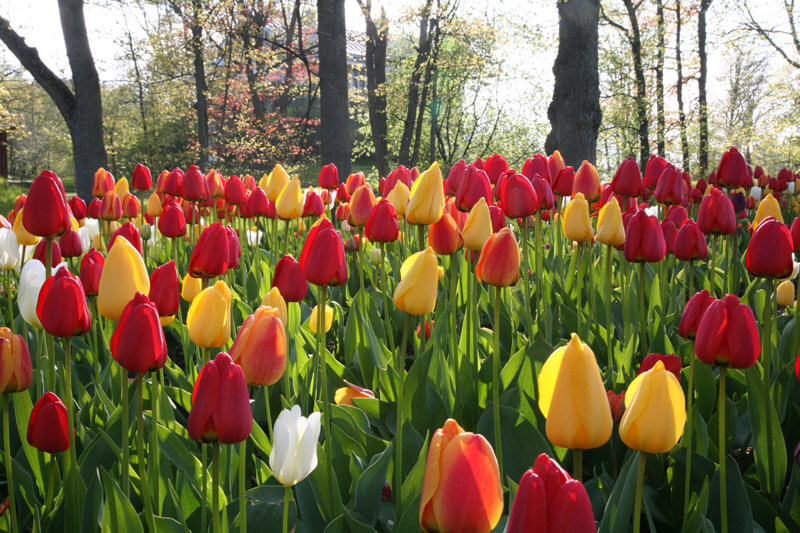Tullisaari is part of Helsinki’s maritime cultural landscape whose history is connected to that of Viapori (Suomenlinna). Covering 46 hectares beside the sea, this park consists of two parts: the manor park to the east and the so called people’s park to the west.
An area of cultural and historical significance
Tullisaari is also part of a chain of manor parks in East Helsinki that includes Kulosaari, Degerö, Herttoniemi, Ströms and Stansvik. Tullisaari Manor Park is a valuable green area in terms of its cultural history, fine gardens and impressive landscape. It is also a nationally significant cultural and historic environment, one of the most representative and best maintained landscape parks in Finland. Accordingly, the protection and maintenance of the park are stipulated in the city plan.
History of Tuurholm
The name Tuurholm, i.e. Tullisaari, is not related to Finnish Customs (“Tulli”) but more likely to the old Swedish man’s name “Tulo”; in 16th-century sources the place name is recorded as “Tulo holm”. Back then the name referred to a small separate island off the northern coast of the area that eventually became connected to the mainland as the sea level fell. The stretch of water between the island and the mainland is now a clear valley that runs across Tullisaari Manor Park. The land in the area was once used to quarry limestone.
The history of Tuurholm has been traced back to the 1500s. In its time the park has passed through many hands, but the most interesting of its owners is arguably Henrik Borgström (1799–1883), a commercial councillor, businessman, tobacco trader and ship owner, and one of the foremost figures in Helsinki society, who settled there in 1837. Borgström can be considered the father of Helsinki’s parks, having founded Kaivopuisto and its spa, as well as the Töölö Park Company (Töölön puistoyhtiö) that developed the parks around Töölönlahti near the city centre. Borgström also participated actively in Helsinki’s cultural life, socialising with the likes of Topelius, Runeberg, Snellman, Cygnaeus and Pacius – all of whom were frequent visitors to Tuurholm in summertime. Borgström initially leased the land for 45 years, but as a sign of respect for Borgström’s standing in society, the Senate agreed in 1878 to exchange Tuurholm for land that Borgström owned in Espoo. Borgström thus became the owner of Tuurholm.
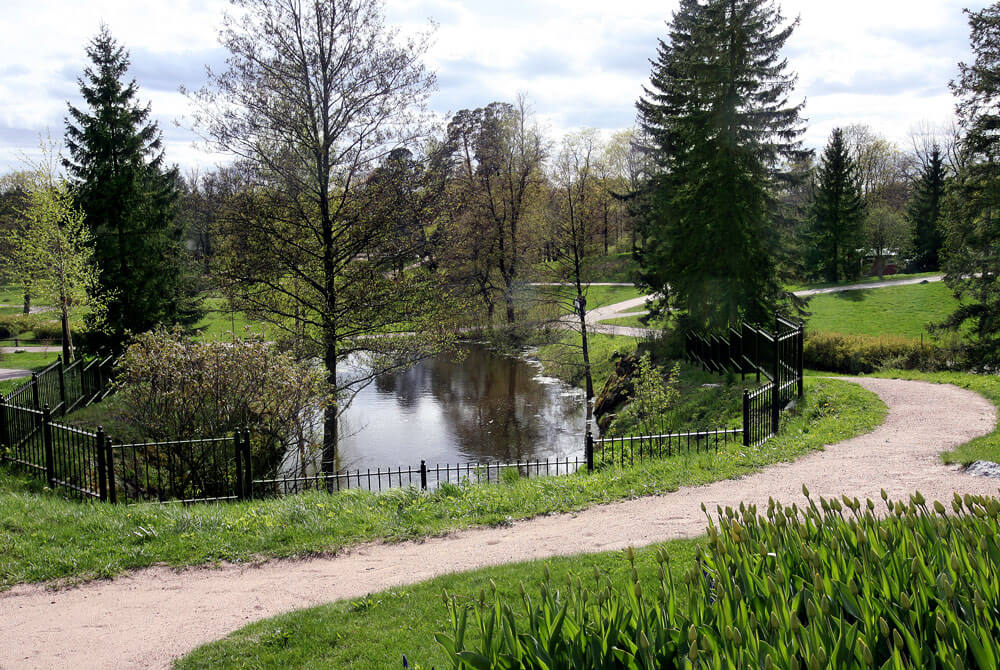
Like many of his contemporaries, Henrik Borgström had a romantic approach to nature. During his time spent working in England, Borgström had become fascinated by English landscape design. According to the commonly held view at the time, nature was a landscape that was refined by man for taking long walks and enjoying the beautiful scenery. In keeping with these ideals, he created a dense network of paths, with the planting arranged so as to afford uninterrupted views of the nearby sea and islands. The park was also dotted with follies and scenic viewing points, as well as bathing huts and even an outdoors bowling alley. The Borgströms also added an extensive potager garden, whose hedges and arbours provided a sheltered space for the family to gather in, as well as an orangery as found in fashionable residences of the time.
As far as is known, Henrik Borgström did not commission anyone to design the estate, preferring to develop it by himself. A large number of staff were required to tend to the park and the adjacent farm, as well as to the Borgström family and their guests.
Tuurholm’s villas
In the 1870s and 1880s Borgström’s son-in-law Theodor Decker (1838–1899), a renowned architect in his own right, designed villas in the park for three of Borgström’s eleven children. The first villa was built in 1870 for Leonard Borgström (1832–1907) and his family on the western shore of the eastern peninsula. The original garden and foundation have been excavated during later renovations of the park. The family’s dog was also buried in the garden. Leonard had studied in England and he had an English wife, Alice Travers, which is why the gravestone reads in English “Faithful little Tim”.
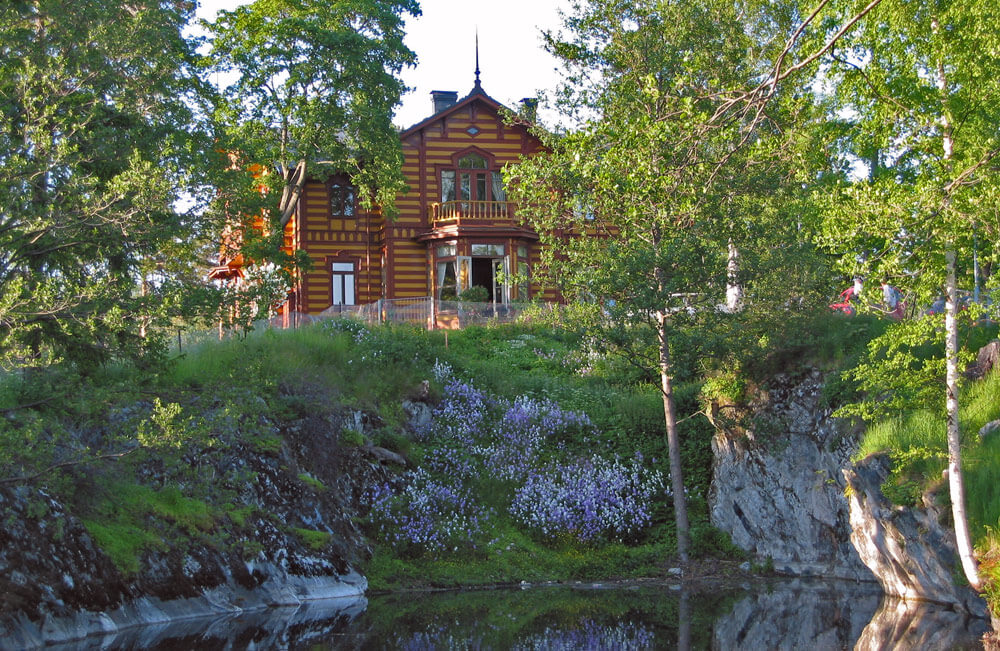
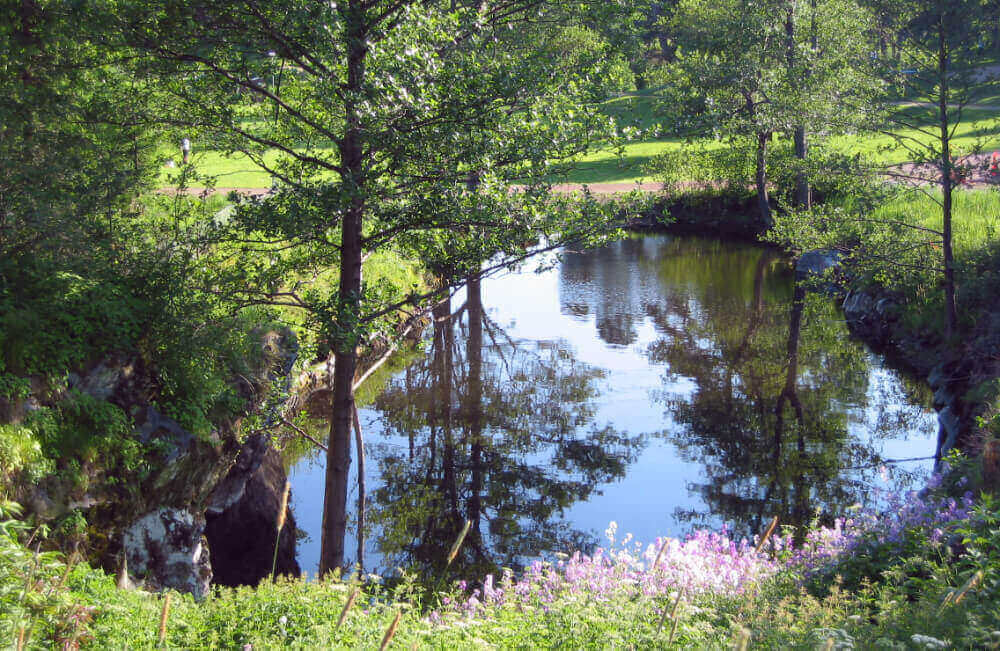
The villa of Henrik Borgström’s daughter Emelie and her husband Julius af Lindfors (1831–1903), founder of the Winter Garden, was built close to Leonard’s villa in the central part of the eastern peninsula. Today this villa is better known as Villa Aino Ackté.
“Villa Decker” was built for Henrik Borgström’s daughter Adele and her husband Theodor Decker, who designed the villas, close to the manor house. Adele wanted to be close to her mother and be able to wave to her from the balcony of her villa. The designs of all three villas reflect the Romantic style of their era, yet they are also each individually designed and unique buildings. Both Villa Decker and Villa Aino Ackté are still standing. The Borgströms’ heirs intended to sell Villa Decker to the City of Helsinki in the 1970s, but when the city wanted to use it for the fire brigade to practice putting out fires, they reconsidered. The restoration of Villa Decker started year 2023 by its private owner. Work will be completed year 2024.
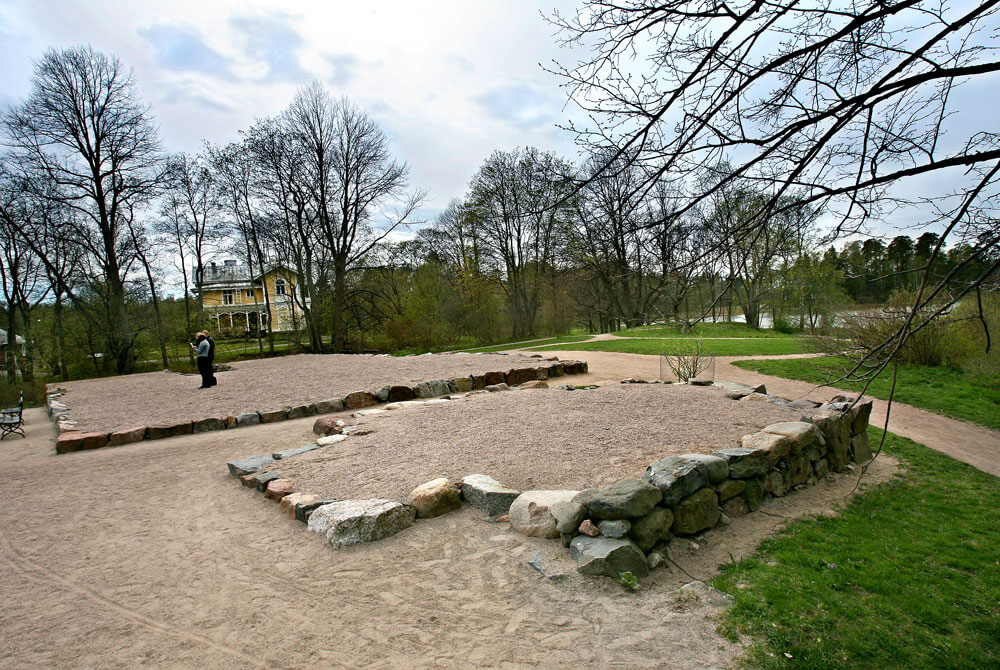
Leonard Borgström, Julius af Lindfors and Theodor Decker and their families each inherited the villas and land on which they were built. Henrik Borgström’s eldest daughter Lina inherited the manor house and gardens, as well as the natural park in the western peninsula. Lina was never married and performed charity work. She bequeathed her estate to her niece Selma Schulman (née Borgström), who in turn bequeathed the property to the City of Helsinki in 1906 “as a public recreation area with the manor house to be used for charitable purposes.” The manor house subsequently became a rest home for working women known affectionately as Pigero – Piianrauha (“Peace of maids”), but unfortunately it was destroyed by fire in 1958.
The red bakery building, red house and gardener’s house on the hill are all rented out by the Real Estate Department of the City of Helsinki. The foundation of an old barn can still be seen on the eastern peninsula. The red granary, which was probably also designed by Theodor Decker, was moved from another location.
Villa Aino Ackté 1901–1929
Aino Ackté (1876–1944), one of the most celebrated opera singers of the early 20th century, and her husband Heikki Renvall (1872–1955) purchased the af Lindfors villa and surrounding land, as well as the Tuurholm estate and farm, from Signe (af Lindfors) Mittag-Leffrel in 1901. The estate included the surrounding park, a commercial garden and an old military office and outbuildings. The Aino Ackté era was a glamorous one for Tullisaari. Parties were often held for the cream of society, with the hosts and their guests taking strolls across the park.
To help run the farm, the Ackté-Renvall family hired Lauri Kristian Relander (1883–1942), an agronomist who would go on one day to become President of Finland. The family spent their summers in Tullisaari until well into the 1920s. When the couple’s marriage was later dissolved, the title was transferred to their children Glory (Leppänen) and Mies Renvall. In 1929 the estate was finally sold to the City of Helsinki on the condition that Aino Ackté be allowed to continue residing there until her death.
Years of decay and clearing
Piece by piece, Tullisaari transferred to city ownership. By the early 1920s, the park and buildings were in a state of severe disrepair with the park suffering acts of vandalism. In 1931 the park became a public recreation area under the city’s park department and was connected to the mainland by a regular ferry service. In the 1960s and ‘70s it even served as a campsite.
During the same period, many of the original buildings in the park were in such bad condition that they were demolished. Villa Aino Ackté was used simply for storage for many years. Fortunately, a historical survey carried out in the 1980s demonstrated the value of the building. On Aino’s Day in 1985 local residents submitted a petition to have the villa restored as a chamber music venue, which it duly became in 1987 under the City of Helsinki’s Cultural Office. Since then the cultural activities at the villa have transferred to private interests. However, the villa continued to suffer serious moisture damage during the winters, and in 2012 the Real Estate Department announced that it was putting the villa up for sale. The villa was saved by a participatory budjeting project called OwnCity (OmaStadi) and the initiative was made by local Laajasalo-Degerö society. At first were made the plans for renovation year 2019 and the actual renovation work started 2023. The society wishes that the villa will be open for public as a place for culture and concerts.
Restoration and revival
Interest in cultural heritage conservation was revived in the 1990s, and renovation and maintenance plans were drawn up for Helsinki’s historic manor houses. A historical survey of Tullisaari was undertaken in 1998 that included restoration proposals for the park. The renovation of Tullisaari began in 2001 with the aim to restore the historic park while retaining the buildings, structures, paths and gardens from the late-19th century, renovating those that had been damaged but could still be preserved, and restoring the park’s elements.
The valuable natural areas in the park were highlighted within the historical framework. The aim was to create a park that would serve as a recreational area, as well as a music and cultural venue and a local visitor attraction. As a result, the basic structure of the park was restored to how it had been during its heyday in the late 1880s.
When work began in 2002, there were overgrown fields, gardens that had been taken over by trees, paths that had disappeared, and thickets of shrubs everywhere. The first task was to clear some of the park’s overgrown trees and shrubs. Horses were used to remove some of the trees. The overgrown Tullisaarenlahti cove was also dredged and cleared. Paths were uncovered and their benches and lamps were reconstructed. Flowerbeds were also restored to their former condition, most notably the star-shaped flowerbed in front of Villa Aino Ackté.
The mysterious Kagal memorial stone can also be found near the villa. The memorial was erected to commemorate a Finnish resistance group founded during the first period of Russian oppression (1899–1905). The word ‘kagal’ comes from the Hebrew word ‘kahal’ meaning congregation or group. Russian nationalists used it as a derogatory term for secret Jewish societies and later also for Finns defending the constitutional rights of the Grand Duchy of Finland. The words ‘Third of August in the year 1903’ cut in the granite in Finnish and Swedish refer to a meeting that took place on that day at the manor house.
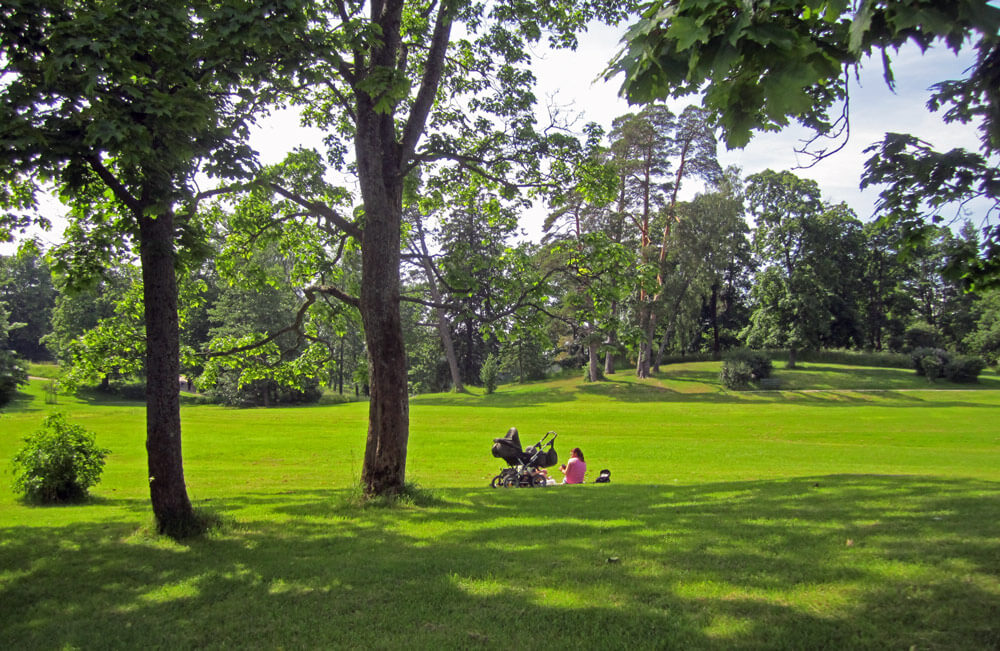
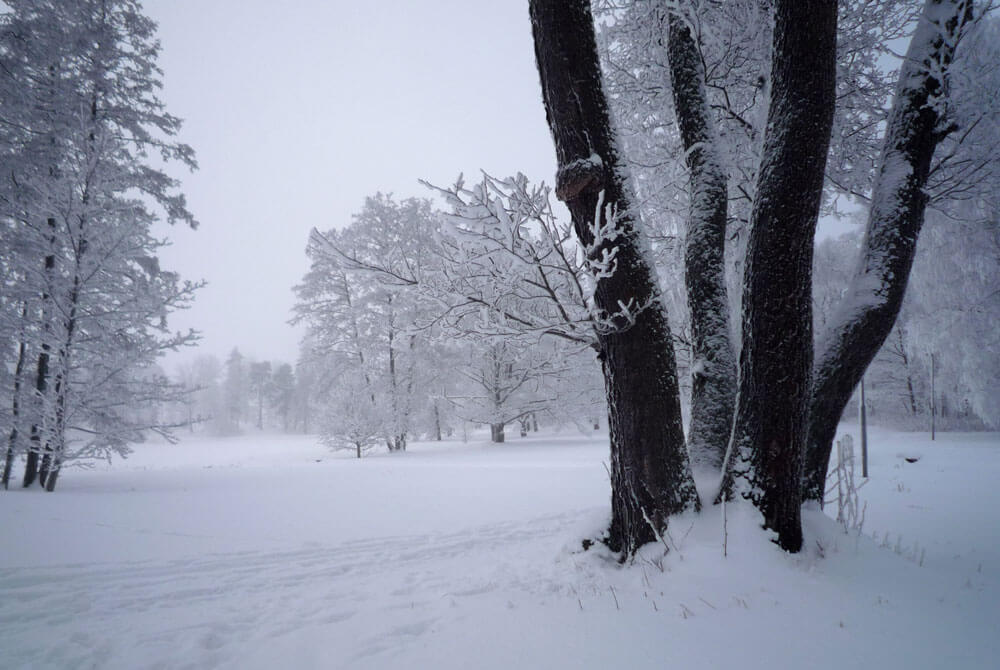
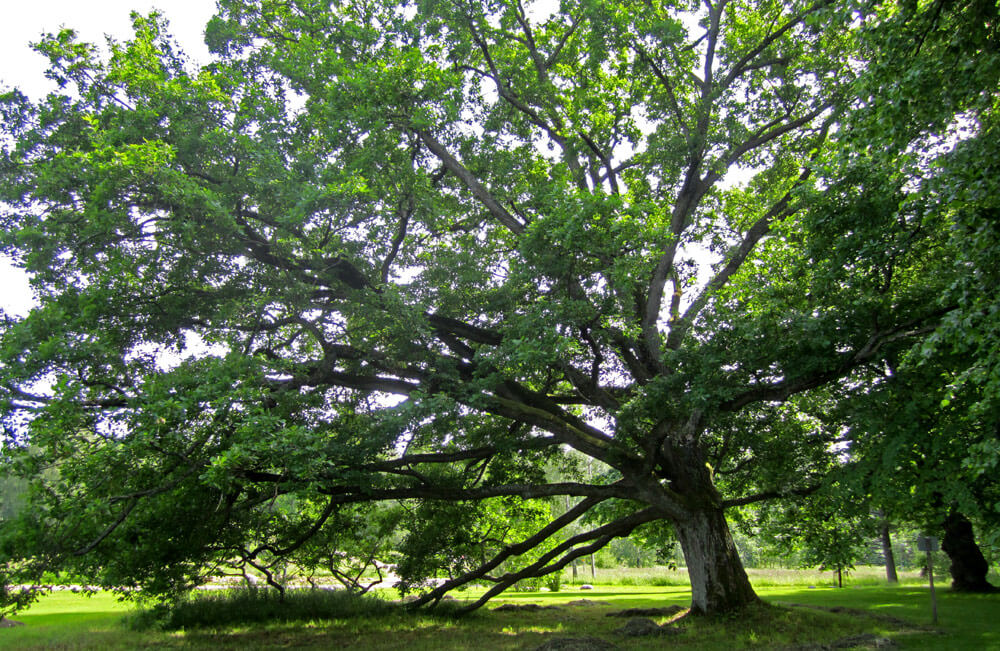
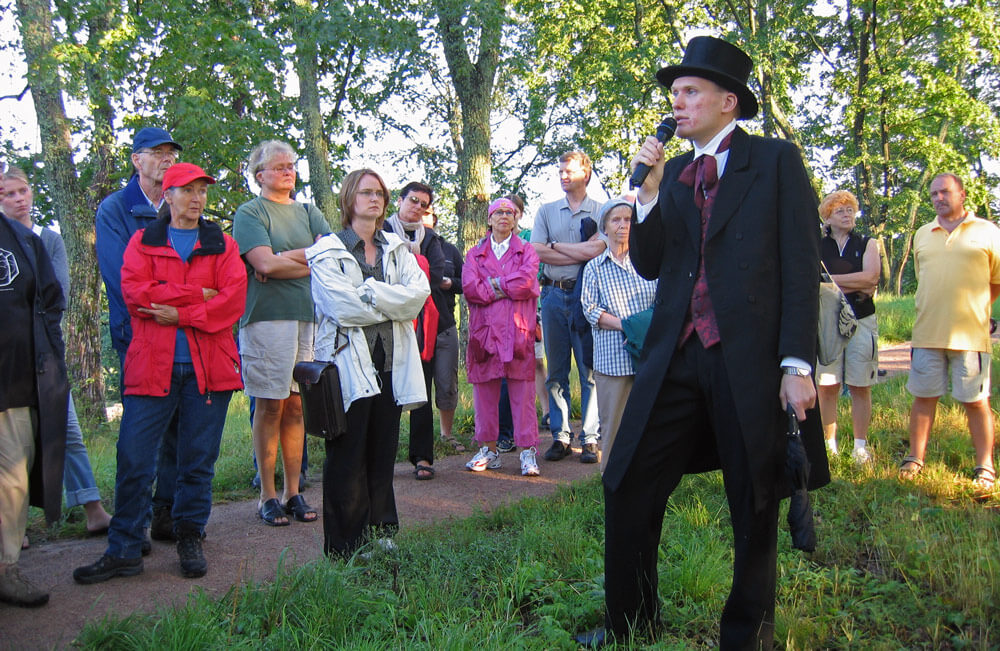
As part of the park’s renovation, a safety railing was installed around the pond at the old limestone quarry. The stone foundation of the burnt down manor house was restored, and a new jetty and scenic viewing points were built. The grilling area was moved, ditches along the fields were renovated, and parking areas were built in both the eastern and western sections of the park.
The clearance work initially met with resistance by local residents, who were used to enjoying walks among the trees in Tullisaari. Once the project was complete, however, it became clear to even the staunchest opponents that all the work had been worth it. Today, this “Monrepos of Helsinki” pays tribute to its creator, Henrik Borgström, a true patron of Helsinki’s parks. Visitors to the park can choose to relax in the shade of old trees, enjoy the colourful flowerbeds and wild flowers, and take in the beautiful sea views. The mightyest tree of the park, over 200 year old oak, fell down with a huge sigh at nigth the 23rd of September 2020. The old trunk is left to its place as a nature monument to decay and feed the insects and mushrooms, thus increasing the diversity of nature.
Tullisaari people’s park
So-called “people’s parks” based on the Swedish “folkpark” model were established in Helsinki and other parts of Finland beginning in the late 1800s. Unlike city parks, these people’s parks were mostly natural areas with forests, meadows and islands. They were intended primarily for recreational use by the working classes, who were encouraged not to disturb the upper and middle classes promenading in the city parks. Helsinki’s people´s parks included Korkeasaari, Seurasaari, Mustikkamaa, Mustasaari and Tullisaari.
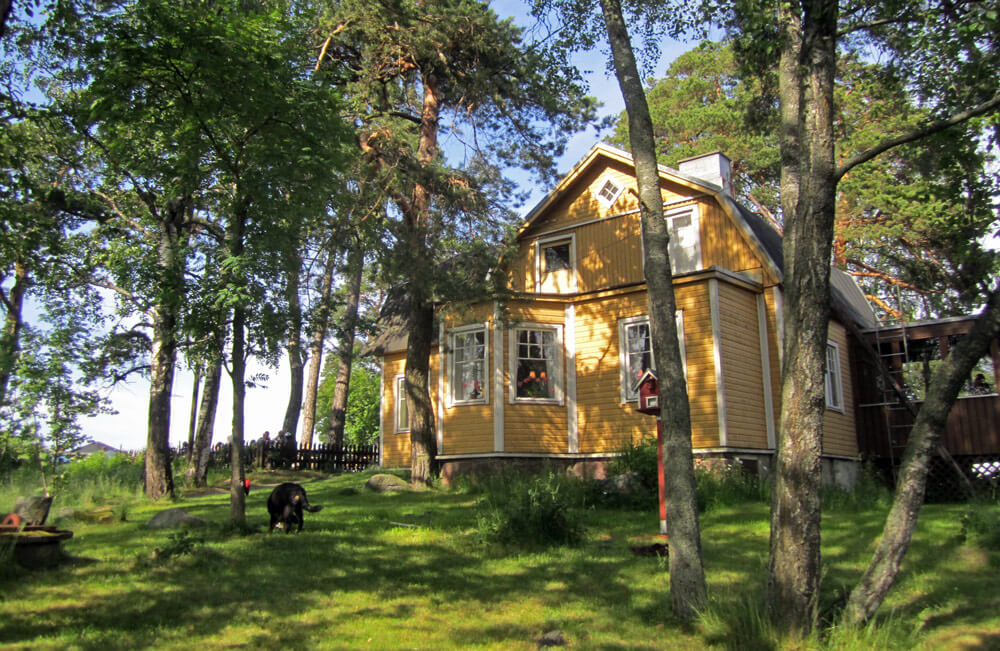
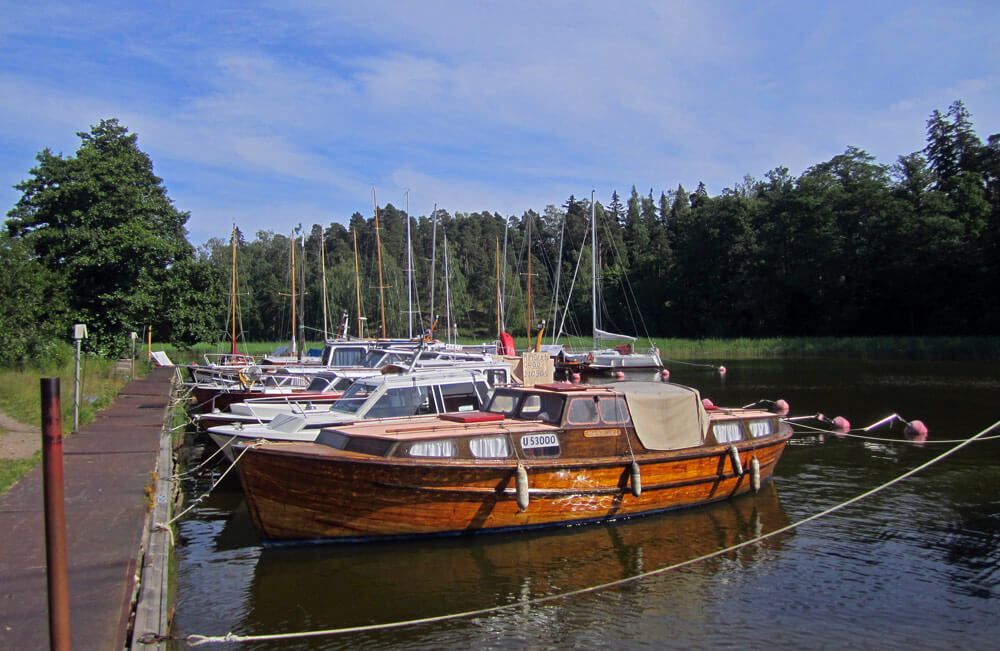
The people’s park in Tullisaari has a large lawn and a children’s play area, as well as pretty forest, shoreline paths with arched bridges and a swimming beach. From this section of the park you can walk to charming Pyysaari, home to the Helsinki Workers’ Yacht Club and the popular Pyysaari summer restaurant and terrace.


